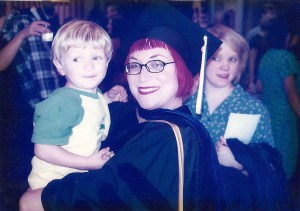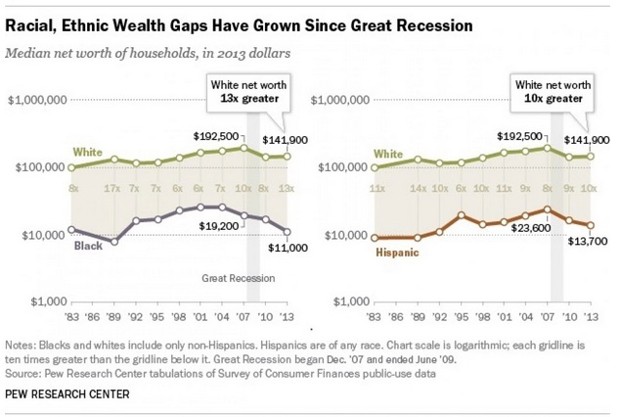Link Roundups feature articles and bits of internet goodness that our dramaturgy team digs up. If you find something you want to send our way, drop us a line on Facebook or Twitter!
♦♦♦♦♦
There have been a lot of eloquent and heart-wrenching responses in the wake of the Emanuel AME church shooting that killed nine people earlier this week, and NPR has a round-up of a few to get you started, like this one from Huffington Post Black Voices writer Julia Craven:
Racism is not a mental illness. Unlike actual mental illnesses, it is taught and instilled. Mental illness was not the state policy of South Carolina, or any state for that matter, for hundreds of years — racism was. Assuming actions grounded in racial biases are irrational not only neutralizes their impact, it also paints the perpetrator as a victim.
♦♦♦♦♦
Everyday Feminism does a great job breaking down what’s wrong with cultural appropriation:
For many people, barriers like classism, racism, and xenophobia mean they don’t have the right look, language, or position of privilege to earn income with their culturally specific tools – and yet oftentimes, white people can turn those same culturally specific tools into profit, thereby hurting the community they’re borrowing from.












